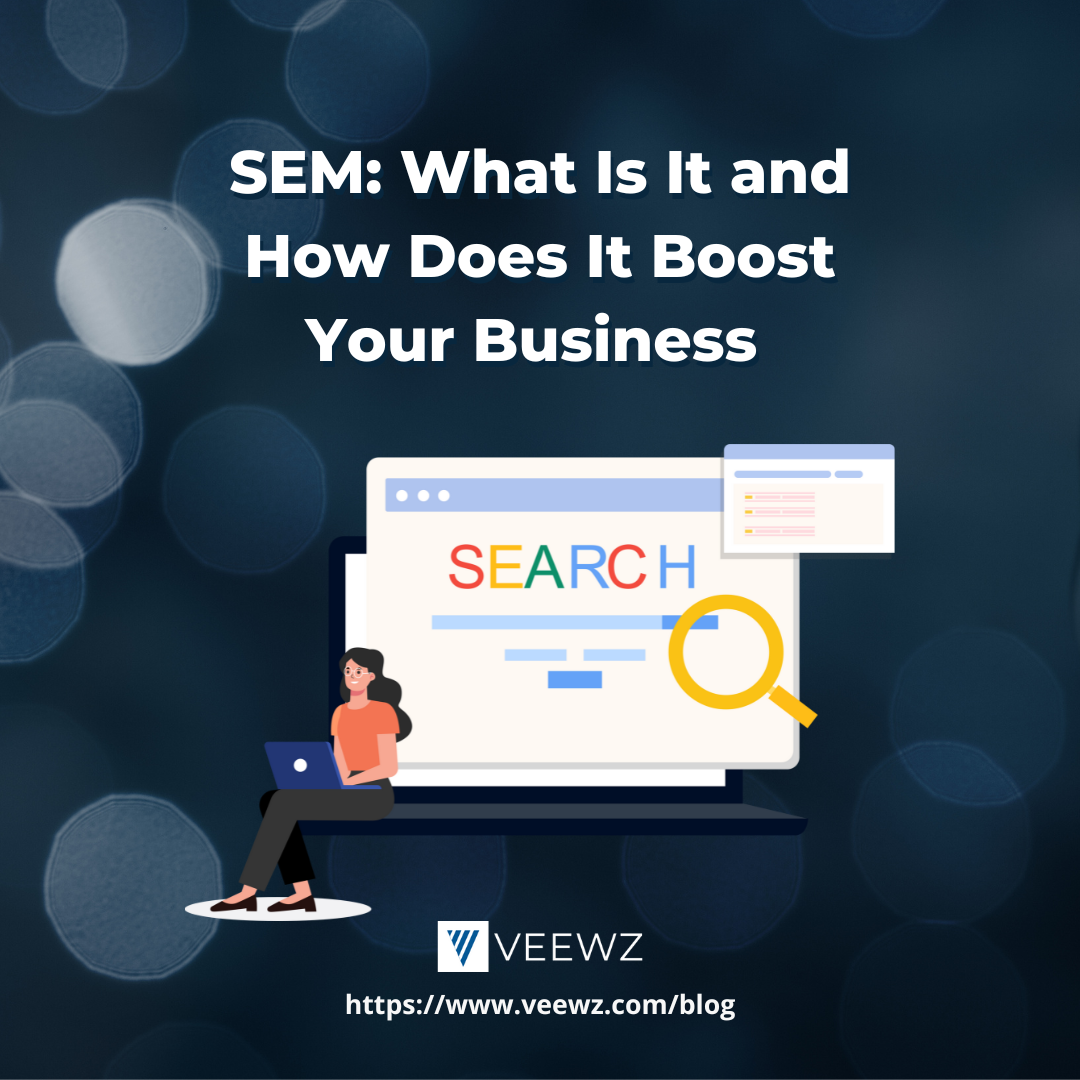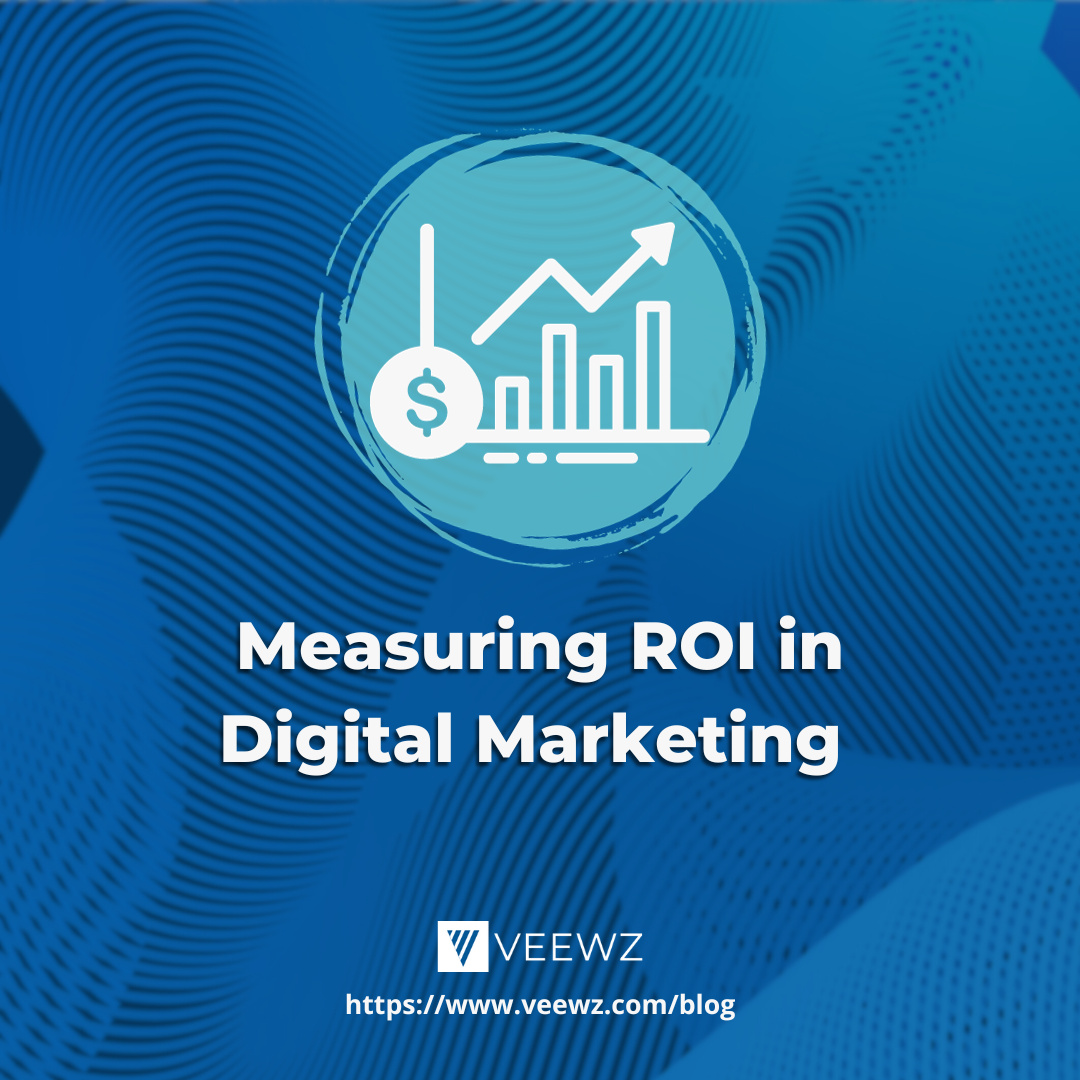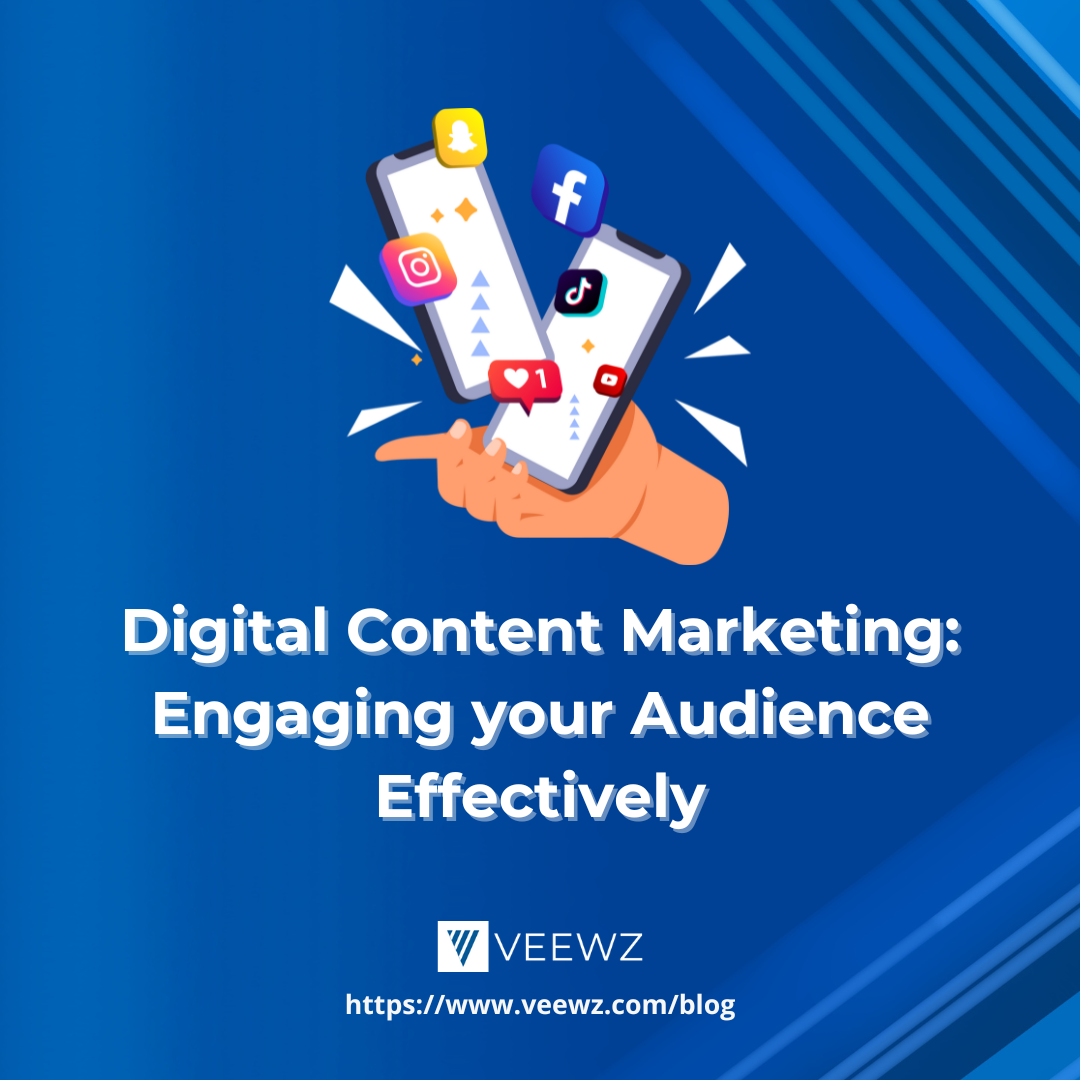
Increasing organic search traffic is still one of the primary goals of any website. Search engine optimization responds to precise SEO principles that must be strictly adhered to. While various SEO tactics like on-page and off-page help you maximize organic traffic, technical SEO helps with the fundamentals that are often overlooked.
We'll go through five technical SEO tips to help you boost organic traffic, positions, and revenue.

What is Technical SEO?
Before we jump into our helpful tips let's first start off by answering, what is technical SEO? Technical SEO is the strategy of improving your webpage crawl, indexing, and generating phases to improve your search engine rankings. Technical SEO is any SEO progress made apart from the material. It's establishing a good base for your information to have the best chance of ranking for related keywords and key phrases.
In its most basic form, technical SEO entails enhancing the special aspects of your web page and helping it appear higher in search results. It's a large field that includes a variety of SEO subjects, such as:
- XML sitemaps
- Mobile performance
- Site efficiency
- Site infrastructure SSL certifications
- Crawling and indexing
- Image SEO
- Canonical URLs
- Internal and external linkages
Tip #1 - Make a Sitemap to Track New Content.
One of the three key Google ranking algorithms is information. Having a blog can assist you in getting your information indexed more quickly. An active blog with high-quality, intelligent information and reliable links will help you to increase your results and, as a result, your organic visitors. Long-form articles (above 1200 words) also score better and get searched more frequently.

To summarise, new material equals improved indexing. But, as a follow-up question, if you produce a lot of material, you should consider developing an optimized sitemap. Create a normal XML sitemap.
Visit Google Search Console and submit it. Examine the sitemap for any additional mistakes or suggestions offered by Google after it has been posted. Modify them, and then upgrade your sitemap regularly to incorporate new pages.
Address long-tail keywords
Long-tail keywords are more targeted and longer than traditional target keywords. Though they have lesser search traffic than shorter terms, they can be incredibly helpful. Long-tail keywords explain why people want something particular rather than just what they want. Compared to shorter terms that are broad, they are more relevant by describing the searchers intent.
Long-tail keywords are highly targeted, which is one reason to use them. You may narrow down the phrases to those most strongly related to the activities you want users to take on your website.
For example, "How to rank on Google" illustrates a long-tail keyword. As compared to a short-tail keyword like "Google ranking."
Both of these examples have completely different intentions. You can see that the visitor is asking a question in the case of "how to rank on Google," implying that they are searching for a direct solution.
We don't realize the user's purpose for "Google ranking" because it's too broad. Perhaps they're just trying to find out what it means. We can have too many assumptions that don't allow us to focus our strategy effectively.
Long-tail keywords, while often not the case, generally have lesser search traffic and, as a result, reduced competition. As a result, they may be simpler to rank for.
How can you improve long-tail keyword performance?
You don't need to stuff a bunch of long-tail keywords into your content in hopes that something will stick. This could have the reverse impact on what you want and be disastrous.
Add long-tail keywords to your content with these things in mind:
- Make a list of the blog topics you'd like to cover.
- Use a keyword research tool like Ubersuggest to enter each subject's most general phrase/title.
- Find long-tail keywords with good search density and low competition connected to your chosen themes.
Pinpoint your keyword selection to those that have a strong search intensity. For instance, if you're a credit card provider, and one of your themes is "how to open a credit card for the first time," a long-tail keyword you could target is "how to open a credit card for the first time." Create material that satisfies the user's goal about the specified term.
Include keywords in your picture's alt text.
Alt text, also known as alternate text, is a brief description of the picture. It is still a major Google ranking element, with more than a 20% impact on results.
There are three primary applications for alt text:
- Availability: For visually impaired people, alt text is read aloud using a screening tool. Sadly, 55 percent of e-commerce sites do not meet basic accessibility standards.
- Context: When a picture cannot be loaded onto the site, the alt text is used as a substitute to give readers context.
- Search engine optimization: Alt text is used by search engine crawlers to assist them in effectively indexing a picture. In 2021, Google stated that alt text is "still vital for SEO."
Google's algorithm improves as the internet gets more "open". This implies that users can connect and will take precedence over inaccessible pages. After all, the more open a site is, the more traffic it may generate.
Embed keywords inside the alt text in the following techniques:
- Start with the image and create a description to go with it.
- Ensure your description appropriately describes the picture. Don't mix up things.
- Look for how you might add your primary or secondary keywords in the alt picture text—for instance, noting that a picture is a snapshot of the process described in your text.
Include keywords in your headers
Whenever you utilize keywords in headers, you tell search engines and consumers that your content matches the search terms' intent goal. Keywords added in headers could provide context for web browser bots like a contents page does for consumers.
While many SEO professionals believe headlines are crucial, this does not mean that keywords should be forced into place if they don't sound right.
Before determining where to insert your target keywords or other alternatives, think about the customer experience and Google's suggestions. At all costs, keyword stuffing should be avoided.
Tips for employing keywords in headers:
- Decide which target keywords to include in the headers.
- Use a keyword search tool to see additional versions of the phrase.
- Use the term and variants in your headings as often as possible (aim for at least 40 percent of headers).
Tip #2 - To Boost User Experience (UX) and CTR, Use Videos and Data Formats.
Cisco reported in 2014 that video accounted for 64% of all web traffic. In 2015, Searchmetrics published a white paper claiming that 55 percent of all keyword searches in the United States have at least one video integrated into Google's internet search results. YouTube accounted for 8 out of 10 of those videos. Cisco also stated in 2016; online videos will make for more than 80% of all customer internet traffic.

This year, Google began experimenting with auto-playing videos in search results. These trends indicate that Google is quite interested in video content.
Google considers such factors when ranking web pages in search results. Something that the end-user likes will undoubtedly gain traction, and users prefer visuals to text material. Every day, 500 million hours of content are seen on YouTube.
A good technique to rank websites in search results would be to have an optimum balance of written and video-based material. The following are some best practices for video-based content:
- Include how-to videos
- Allow search results to index your video.
- Include relevant keywords
- Include a video sitemap
- Include a video transcript
On the other hand, a database system can help you increase organic clicks and CTR. They are qualities that assist search engines in categorizing and indexing your material in novel ways for users. While there is no clear link between those data and increased SEO, structured data can significantly improve your SERP exposure.
These codings assist search engines in deciphering your content. For example, if you deal with reviews of businesses, you might use the Ratings or Organization markup to acquire a great rich snippet in SERPs.
After adding data sets, test them with the Structured Data Testing Tool to ensure error-free markup code.
Tip #3 - Make Your Content RankBrain-Friendly.
Rankbrain is one of the most recent Google algorithm adjustments, dating back to 1998. The artificial intelligence system has risen to third place in the rankings and aids in analyzing search results. Rankbrain can determine what a website is about and how it relates to the terms people are looking for and then show the most effective findings.
Your keyword efforts may be affected by RankBrain. You're looking for appropriate words that answer client queries while defining your keywords. This is how an effective SEO plan operates. And therefore, if you use keywords that your target audience isn't looking for, your advertising will fail. This is where RankBrain comes into play.

Rankbrain's algorithm is currently continually learning and developing. As a result, your SEO plan must be more flexible and reactive to changes in search engine results.
Google is continually striving to offer users websites relevant to their queries. You will be placed higher in Google search results if you optimize your web presence by providing relevant access to content. Keyword stuffing is still illegal in this case.
Here are some pointers on how to identify alternatives for your primary keyword:
- Use a natural-sounding approach to find keywords with the same meaning as the main term but with unique wording and arrangement.
- Ensure the new keywords don't take precedence over the core keyword you're aiming for.
- Only use extra keywords when they're essential, and make sure your text flows smoothly when someone reads it!
Tip #4 - To Prevent Losing Website Traffic, Fix 404 Sites with a 301 Redirect.
When someone requests a page that is not accessible on your site, the 404 error "Page not found" is shown.
Filter all URLs that produce a 404 with SEO crawlers like OnCrawl, then export the result.

Then, to prevent losing key traffic, you can 301 redirect them to their fresh forms. Use a rel=canonical tag on the newly formed page to ensure that all link information is effectively transferred to the new site.
Tip #5 - Using Hreflang Tags to their Full Potential
Use hreflang tags to cross-reference pages with similar content but specific audiences based on language and location. It guarantees that the appropriate content and web pages are displayed to the relevant users when they utilize the Google search version you've chosen.

For example, two hreflang keywords that target French speakers in France and French speakers in Canada would show up on both web pages. It works in the same manner as a canonical tag shows when a similar version of a page exists, ensuring that Canadians looking on google.ca discover the page addressing Canadians and French people searching on google.fr find the page addressing French.
However, in this case, it makes it easier for Google to crawl local content in local search results. It also aids in transmitting trust across websites and improves how Google scans these sites.
Final Thoughts
For your site's long-term traffic generation strategy, it's critical to have a solid technical SEO base. The improvements mentioned will get your website back on track and prevent it from future Google penalties. However, these are just a few of the fundamentals of technical SEO. If you want to understand more about this subject, you should contact an SEO specialist or professional. We hope these five pointers provide you with new ideas for maximizing your organic traffic.
About the Author
Related Article

SEM: What Is It and How Does It Boost Your Business

Measuring ROI in Digital Marketing

.png)












.png)






















.png)

.jpg)





.jpg)





